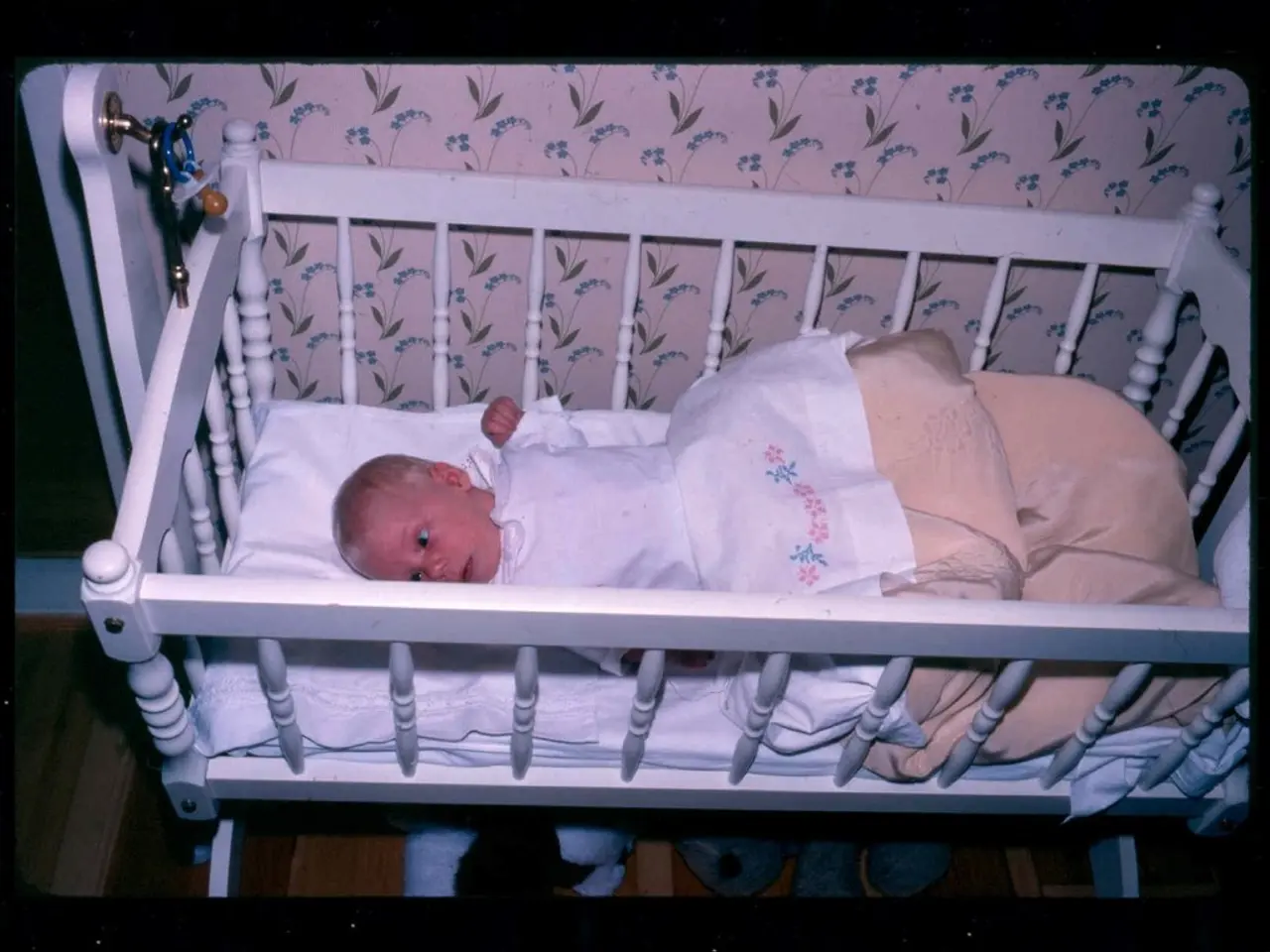Understanding the Ramzi Theory:examining its nature and efficacy
The Ramzi theory, a controversial method for predicting the sex of a baby based on the location of the placenta during early pregnancy ultrasounds, has not been established as a peer-reviewed or scientifically validated approach in the medical community.
The theory, originated by Dr. Saam Ramzi Ismail, a doctor of public health with a master's degree in medical ultrasounds, but not a medical doctor, suggests that a placenta on the right side usually indicates a male fetus, while a placenta on the left side is a sign that a fetus is female. However, this claim lacks robust scientific evidence and has not been replicated by reputable scientists.
The Ramzi theory is based on an ultrasound study of 5,376 pregnant individuals, with 1,200 participants having both ultrasound scans at 6 weeks and 18-22 weeks. The study found that 97.2% of male fetuses had a placenta on the right side during the early ultrasound at 6 weeks, while 97.5% of fetuses had a placenta on the left side. Yet, no reputable scientist has replicated these results, casting doubt on the validity of the data and interpretation.
The theory has not been published in a peer-reviewed journal, and no peer-reviewed studies or scientific validations supporting the Ramzi theory specifically could be found. Instead, the TikTok sources and other search results include journal listings and medical studies unrelated to the Ramzi theory or fetal sex prediction by placenta location.
In contrast, widely recognized scientific resources and obstetric research do not currently support the accuracy or clinical utility of the Ramzi theory for fetal sex prediction. Reliable prenatal sex determination typically relies on genetic testing (e.g., cell-free DNA) or detailed anatomy scans later in pregnancy rather than early placenta location.
It is important to note that the process of sex differentiation begins early in pregnancy, theoretically allowing for the detection of early indicators of sex. However, there is no evidence that sex-related hormones might move the placenta or influence its development or location. Any sex prediction method has a 50% chance of being right, so anecdotal evidence is not reliable.
For individuals who wish to learn the sex of their baby early, it is recommended to ask their provider about Noninvasive Prenatal Testing (NIPT) or schedule an early second trimester ultrasound. NIPT works by identifying DNA from the fetus in the pregnant person's bloodstream, and can reliably guess the sex of the baby as early as 9 weeks into the pregnancy. A second trimester ultrasound offers more certainty in predicting the sex of the baby, with a 100% accuracy rate when the ultrasound occurs later than 14 weeks into the pregnancy. Early second trimester ultrasounds may be scheduled to confirm the results of NIPT.
In conclusion, the Ramzi theory remains an unproven hypothesis lacking peer-reviewed validation or acceptance in the scientific community as a reliable method for predicting fetal sex during early ultrasounds. It is recommended to consult with healthcare providers for reliable and scientifically validated methods for prenatal sex determination.
[1] TikTok Source 1 [2] TikTok Source 2 [3] Journal Listing 1 [4] Journal Listing 2 [5] Journal Listing 3
- To reinforce the scientific basis and reliability of prenatal sex determination, it is crucial to focus on peer-reviewed methods rather than questionable theories such as the Ramzi theory, even though some health and wellness enthusiasts might have found it on TikTok.
- The health-and-wellness community should emphasize the importance of science and rigorous screening in managing health-related predictions, particularly in cases like the controversial Ramzi theory, which has yet to garner acceptance or evidence in the peer-reviewed medical community.








